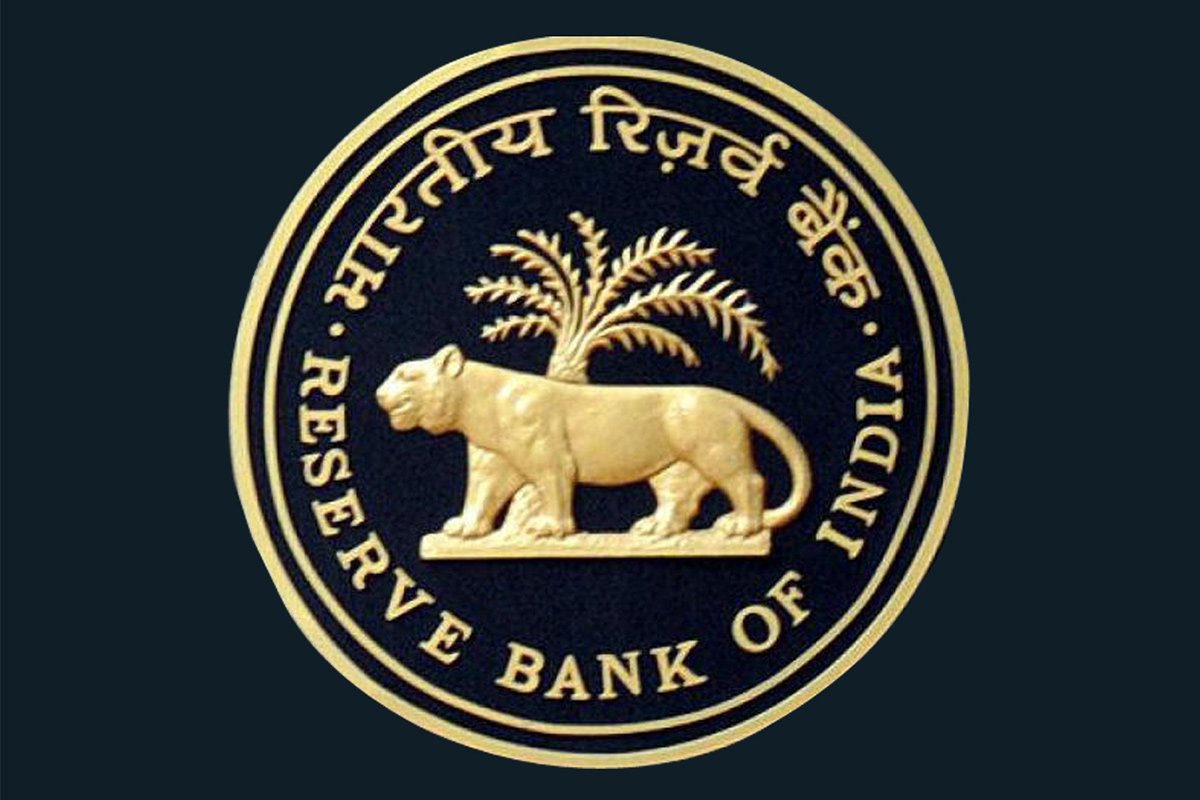The Reserve Bank of India (RBI): Role, Functions, and Impact
The Reserve Bank of India (RBI) is the central banking institution of India, which plays a crucial role in the country’s financial and economic system. Established in 1935, the RBI is responsible for overseeing monetary policy, regulating financial institutions, and ensuring the stability of the financial system. This article explores the role, functions, and impact of the RBI on India’s economy and financial sector.
Overview of the RBI:
Establishment and Purpose: The Reserve Bank of India was established on April 1, 1935, with the primary objective of managing the monetary and financial stability of the country. Its creation was part of the effort to stabilize the Indian economy and create a robust financial system under British rule, and it has continued to evolve to meet the changing needs of India’s economy.
Governance: The RBI is governed by a central board of directors appointed by the Indian government. The Board comprises the Governor, Deputy Governors, and other directors with expertise in various fields. The Governor, appointed by the President of India, is the chief executive officer of the RBI.
Key Functions of the RBI:
- Monetary Policy: The RBI formulates and implements monetary policy to maintain price stability and ensure economic growth. It uses tools such as repo rates, reverse repo rates, and open market operations to regulate the money supply, control inflation, and manage interest rates.
- Regulation and Supervision of Banks: The RBI regulates and supervises commercial banks, cooperative banks, and non-banking financial companies (NBFCs) to ensure their stability and soundness. It sets guidelines for banking operations, conducts inspections, and takes corrective measures to address issues in the financial sector.
- Currency Issuance: The RBI is the sole authority for issuing and managing the currency in India. It ensures an adequate supply of currency notes and coins, maintains their quality, and manages the withdrawal and replacement of old or damaged currency.
- Foreign Exchange Management: The RBI manages the foreign exchange reserves of India and regulates foreign exchange transactions under the Foreign Exchange Management Act (FEMA). It aims to stabilize the exchange rate and facilitate international trade and investment.
- Developmental and Promotional Functions: The RBI promotes financial inclusion, supports economic development, and fosters innovation in the financial sector. It undertakes initiatives such as expanding access to banking services, promoting digital payments, and encouraging financial literacy.
- Government Banking: The RBI acts as the banker to the central and state governments. It manages government accounts, facilitates transactions, and helps in the issuance and management of government securities.
- Consumer Protection: The RBI protects the interests of consumers by setting standards for fair practices in banking and financial services. It addresses grievances related to banking services and ensures that financial institutions adhere to ethical practices.
Impact on the Economy:
- Inflation Control: By regulating monetary policy and managing interest rates, the RBI plays a critical role in controlling inflation. Its actions help maintain price stability, which is essential for economic growth and stability.
- Financial Stability: Through its regulatory and supervisory functions, the RBI ensures the stability and soundness of the financial system. It monitors financial institutions, prevents systemic risks, and takes measures to protect depositors and investors.
- Economic Growth: The RBI’s policies influence credit availability and interest rates, which impact investment and consumption. By supporting economic growth through monetary policy and financial development, the RBI contributes to the overall economic development of India.
- International Trade and Investment: The RBI’s management of foreign exchange reserves and regulation of foreign exchange transactions facilitate international trade and investment. It helps maintain a stable exchange rate, which is crucial for attracting foreign investment and supporting export growth.
- Financial Inclusion: The RBI’s initiatives to expand access to banking services and promote digital payments contribute to financial inclusion. By bringing more people into the formal financial system, the RBI supports economic empowerment and development.
Challenges and Future Directions:
- Economic Uncertainty: The RBI faces challenges related to economic uncertainty, such as fluctuations in global financial markets, changes in commodity prices, and geopolitical events. It must adapt its policies to address these uncertainties and maintain economic stability.
- Technological Advancements: The rapid pace of technological advancements presents both opportunities and challenges for the RBI. It must address issues related to cybersecurity, digital payments, and fintech innovations while promoting safe and secure financial practices.
- Financial Inclusion: Despite progress, there are still segments of the population that lack access to banking services. The RBI continues to work on strategies to enhance financial inclusion and reach underserved communities.
- Environmental and Social Responsibility: The RBI is increasingly focusing on sustainability and social responsibility. It is exploring ways to incorporate environmental, social, and governance (ESG) factors into its policies and practices to support sustainable development.
Conclusion:
The Reserve Bank of India plays a pivotal role in shaping India’s economic and financial landscape. Through its functions in monetary policy, regulation, currency issuance, and foreign exchange management, the RBI contributes to economic stability, growth, and development. As India continues to evolve in the global economy, the RBI’s role will remain crucial in addressing challenges, fostering innovation, and promoting a resilient financial system. The RBI’s efforts to balance economic objectives with emerging trends will shape the future of India’s financial sector and its impact on the global stage.











Wow wonderful blog layout How long have you been blogging for you make blogging look easy The overall look of your site is great as well as the content